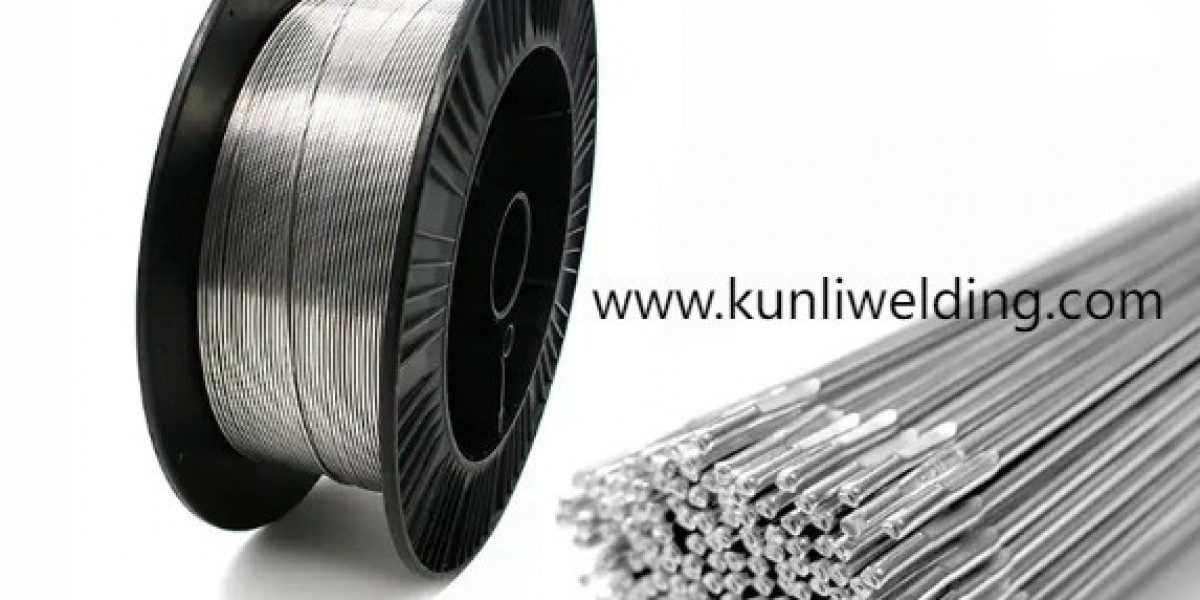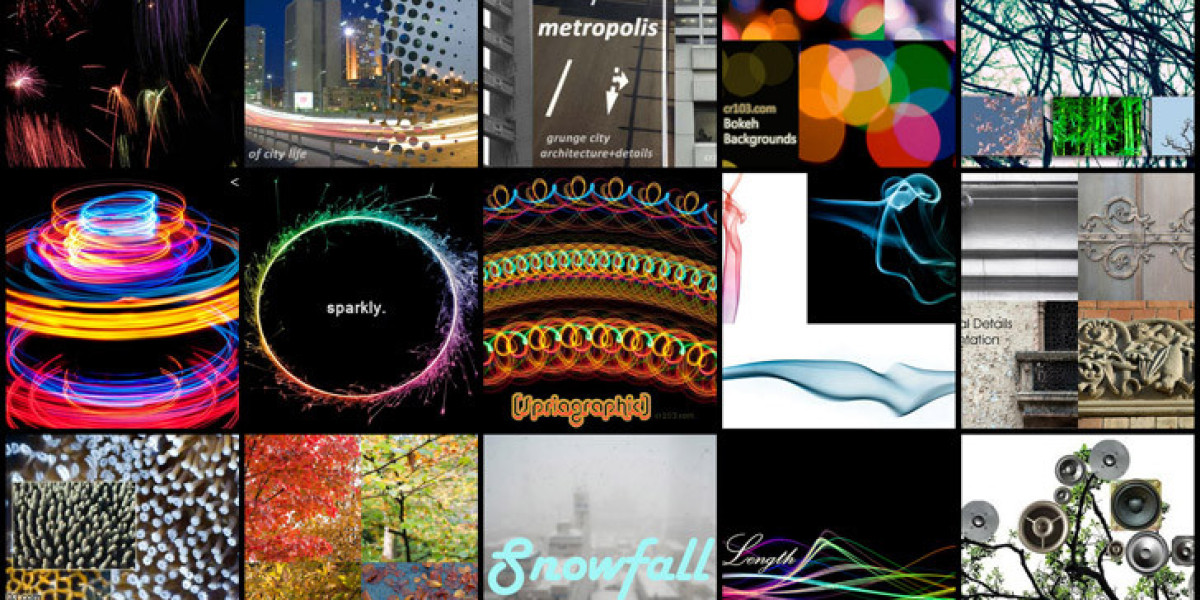As the race to expand renewable energy accelerates, innovations in assembly materials are making headlines. Among them, Aluminum Welding Wire ER4943 has emerged as a game-changer for welding 6061 wind-pressure beams used in solar support brackets. By comparing its performance against the more traditional ER4043, manufacturers are uncovering new opportunities to enhance strength and durability in photovoltaic mounting systems.
Solar bracket assemblies must withstand demanding environmental conditions. High winds can exert significant pressure on support structures, making the weld integrity of each joint critically important. When ER4943 is applied, welders report a smoother, more stable arc that reduces spatter and improves fusion. This leads to fewer defects and eliminates the need for extensive post-weld cleanup, helping installers keep pace with fast-moving project schedules.
In contrast, ER4043 has long been valued for its versatility in general aluminum welding. However, under the rigorous stress of wind load testing, its joints may exhibit lower tensile strength compared to those joined with ER4943. These subtle differences can become pronounced over many thermal cycles and vibration events. By choosing the higher-performance option, fabricators can minimize the risk of joint fatigue and support the lifespan of entire solar fields.
Another factor driving the shift toward ER4943 is sustainability. As solar energy becomes a primary tool in the fight against climate change, every kilogram of material and every watt of generated power counts. Lighter, thinner beams must still uphold safety margins, which places extra demand on weld properties. The advanced composition of ER4943 delivers the necessary mechanical strength while allowing for more optimized bracket designs that reduce material use.
Project managers are also leveraging data-driven insights to refine fabrication methods. Real-time monitoring of welding parameters paired with specialized consumables helps teams calibrate heat input and travel speed. Combined with ER4943's stable behavior, this approach yields highly consistent weld profiles and repeatable results across long production runs. The outcome: faster installation and lower overall cost per junction.
Collaboration between welding experts and solar engineers continues to yield breakthroughs. Pilot installations using ER4943 for main support rails have demonstrated impressive resistance to cyclic loading and corrosion. In addition, the wire's compatibility with automated welding systems enables unmanned fabrication cells that operate day and night, maximizing throughput during peak demand.
Industry events are showcasing these successes, with leading manufacturers highlighting how strategic material choices are transforming the supply chain. By spotlighting real-world case studies, stakeholders gain confidence in adopting ER4943 for next-generation photovoltaic projects, solidifying its place in the toolkit of progressive installers.
While ER4043 remains a reliable workhorse, the performance edge of ER4943 under wind-pressure conditions is driving a new era of mounting solutions. As solar arrays grow in scale and ambition, the demand for robust, fatigue-resistant welds will only intensify. Choosing the optimal welding wire today can set the foundation for decades of uninterrupted renewable power generation. To dive deeper into how high-performance aluminum welding is revolutionizing industrial joining, visit www.kunliwelding.com .







